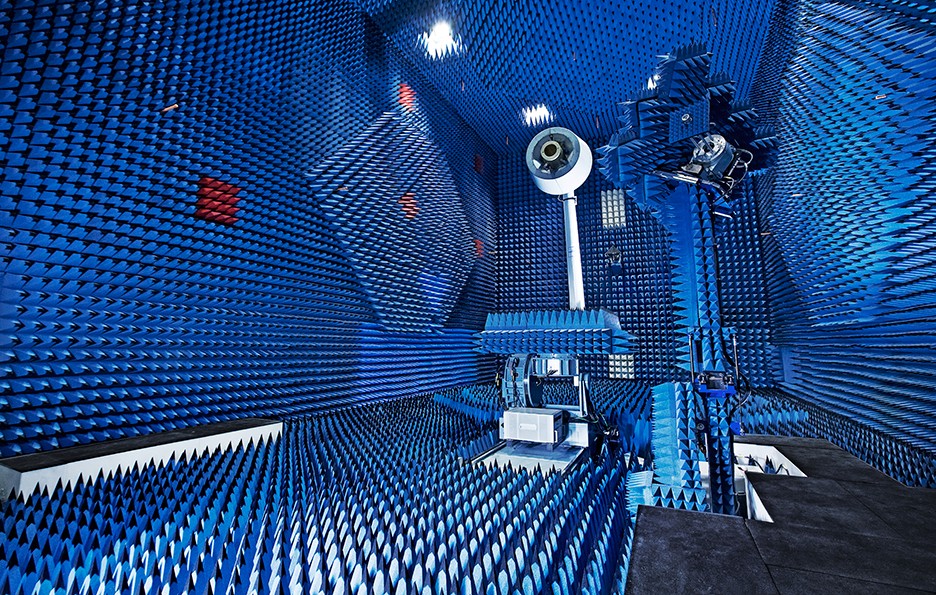Posted At: Jul 25, 2023 - 586 Views

Beamforming, high-frequency millimeter-wave (mmWave) spectrum, massive MIMO, greater speed, and bandwidth are just some of the solutions that will support the fifth-generation mobile digital network. The complexity of 5G technologies involving high-frequency RF signals requires a new way of thinking, designing, and testing individual features.
Addressing these enormous challenges requires test practices that can ensure the performance and reliability demanded by end-user applications. The increased complexity introduced by these innovations can be overcome through a carefully planned and optimized test approach. Instrumentation and test procedures are critical for two main reasons: They serve to verify the performance and correct implementation of the requirements to which the 5G network must conform, and they must guarantee the flexibility required to support future versions of the 3GPP standard.
Test Procedure
Compared to 4G LTE, 5G technology will deliver greater capacity, lower latency, and a better end-user experience. The first deployment step of the network, 5G NR (5G New Radio, also known as 3GPP Rel-15), has allowed the test procedures to be defined that will be used to integrate and validate the new features, such as massive multiple-input, multiple-output (MIMO), beamforming, and mmWave.
5G technology will use antennas composed of an array of elements (or modules) with high gain and high propagation capabilities. The antenna array will generate a highly directional beam by adjusting the phase and gain of every single element. Unlike 4G LTE antennas, 5G antennas will not allow the physical connection of the test equipment through appropriate cables. This aspect significantly complicates the verification of antenna performance using conventional test methods.
Over-the-Air
As a result, an over-the-air (OTA) measurement technique that can verify the quality of the signal in terms of performance, power, and sensitivity will be adopted. The OTA test methodology makes it possible to test both the 5G network and the mobile devices in a realistic scenario that’s similar to the use cases encountered in the real world. Engineers will have to find the right compromise between time, performance, and costs, choosing the test mode that best suits the specific function to be tested.
Tests concerning the protocol stack, for example, can be conducted without using an OTA chamber, since they don’t require a measurement of the RF signal. Conversely, measuring performance related to the propagation of waves requires an OTA antenna test system equipped with a signal analyzer in order to measure parameters such as EIRP (effective isotropic radiated power), TRP (total radiated power), and EIS (effective isotropic sensitivity).
Measurements made with the OTA technique can be performed both in the field and in a simulated environment capable of reproducing the typical propagation characteristics of far-field distance. OTA tests conducted on mmWaves typically require two test chambers: the reverberation chamber and the anechoic chamber. It is, therefore, necessary to have advanced equipment specifically designed for this type of application. The procedure most commonly used for the mmWave test is the FFM (far-field measurement), which measures the signal a few meters away from the high-frequency source (28 GHz).
Near-Field Measurement
An alternative, less-expensive solution consists of conducting NFM (near-field measurement) tests and applying conversion algorithms to the results, making them compatible with the results produced by the FFM technique. With the NFM technique, the radiation pattern can be measured using a normal anechoic radio box placed inside a room. Also, in this case, the test setup requires the use of a signal analyzer with a high dynamic range. This makes it possible to perform high-accuracy measurements on typical specs associated with RF signals used in 5G, such as frequency, power, EVM, and spurious emissions.
Beamforming
The beamforming functionality test is equally challenging for designers and validators of the 5G network because one must define in advance how many and which points shall be used to carry out the beamforming measurement. This number must be selected by choosing the right compromise between the accuracy of results, time and costs required to conduct the test. It’s also necessary to pay close attention to the propagation losses, which in the case of mmWaves are particularly significant and involve a greater degradation of signal power compared to the 4G LTE signal.
Overall, 5G technology requires different types of tests aimed at verify-ing advanced features such as beam-forming and correct propagation of the signal, even at high frequencies (28 GHz) obtainable with the use of mmWaves. The test procedures require the use of advanced instrumentation with a high degree of configurability and flexibility. Such instrumentation must also be adaptable to the requirements that are anticipated in the 5G roadmap.
